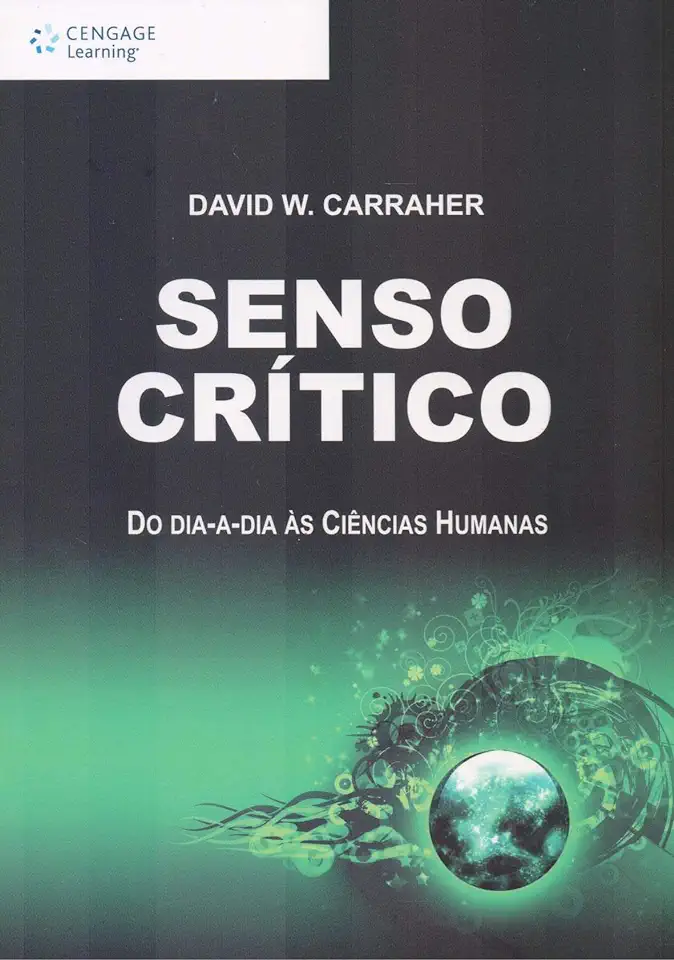
Critical Thinking: From Everyday Life to the Humanities - David W. Carraher
Critical Thinking: From Everyday Life to the Humanities
Book Summary
In "Critical Thinking: From Everyday Life to the Humanities," David W. Carraher takes readers on a journey through the world of critical thinking, exploring its importance in our daily lives and its application across various disciplines in the humanities. Carraher argues that critical thinking is not just an academic skill but a vital tool for navigating the complexities of modern life.
Why You Should Read This Book
1. Improve Your Decision-Making Skills: Critical thinking empowers you to make informed decisions by analyzing information, identifying biases, and evaluating arguments.
2. Enhance Your Problem-Solving Abilities: Learn to approach problems systematically, break them down into manageable parts, and develop creative solutions.
3. Become a More Informed Citizen: Critical thinking helps you evaluate political discourse, media messages, and advertisements, enabling you to form well-reasoned opinions.
4. Deepen Your Understanding of the Humanities: Explore how critical thinking is applied in fields such as literature, history, philosophy, and art to gain a richer understanding of human culture and thought.
5. Boost Your Academic Performance: Master the skills necessary for success in college and beyond, including reading comprehension, research, and writing.
Key Concepts and Topics Covered
1. The Nature of Critical Thinking: Understand the definition, importance, and different dimensions of critical thinking.
2. Everyday Applications: Discover how critical thinking can be applied in various everyday situations, from making personal decisions to evaluating consumer choices.
3. Critical Thinking in the Humanities: Explore how critical thinking is used in different humanities disciplines to analyze texts, interpret historical events, and engage in philosophical inquiry.
4. Developing Critical Thinking Skills: Learn practical strategies and techniques to improve your critical thinking abilities, including questioning assumptions, analyzing evidence, and constructing arguments.
5. Overcoming Barriers: Identify and overcome common obstacles to critical thinking, such as biases, fallacies, and emotional reasoning.
Engaging and Accessible Writing Style
Carraher's writing style is engaging and accessible, making complex concepts easy to understand. He uses real-world examples, thought-provoking questions, and clear explanations to illustrate critical thinking principles.
Conclusion
"Critical Thinking: From Everyday Life to the Humanities" is a comprehensive and thought-provoking exploration of critical thinking. It provides readers with the tools and insights to become more effective thinkers, better decision-makers, and more informed citizens. Whether you're a student, a professional, or simply someone looking to improve your cognitive skills, this book is a must-read.
Enjoyed the summary? Discover all the details and take your reading to the next level — [click here to view the book on Amazon!]